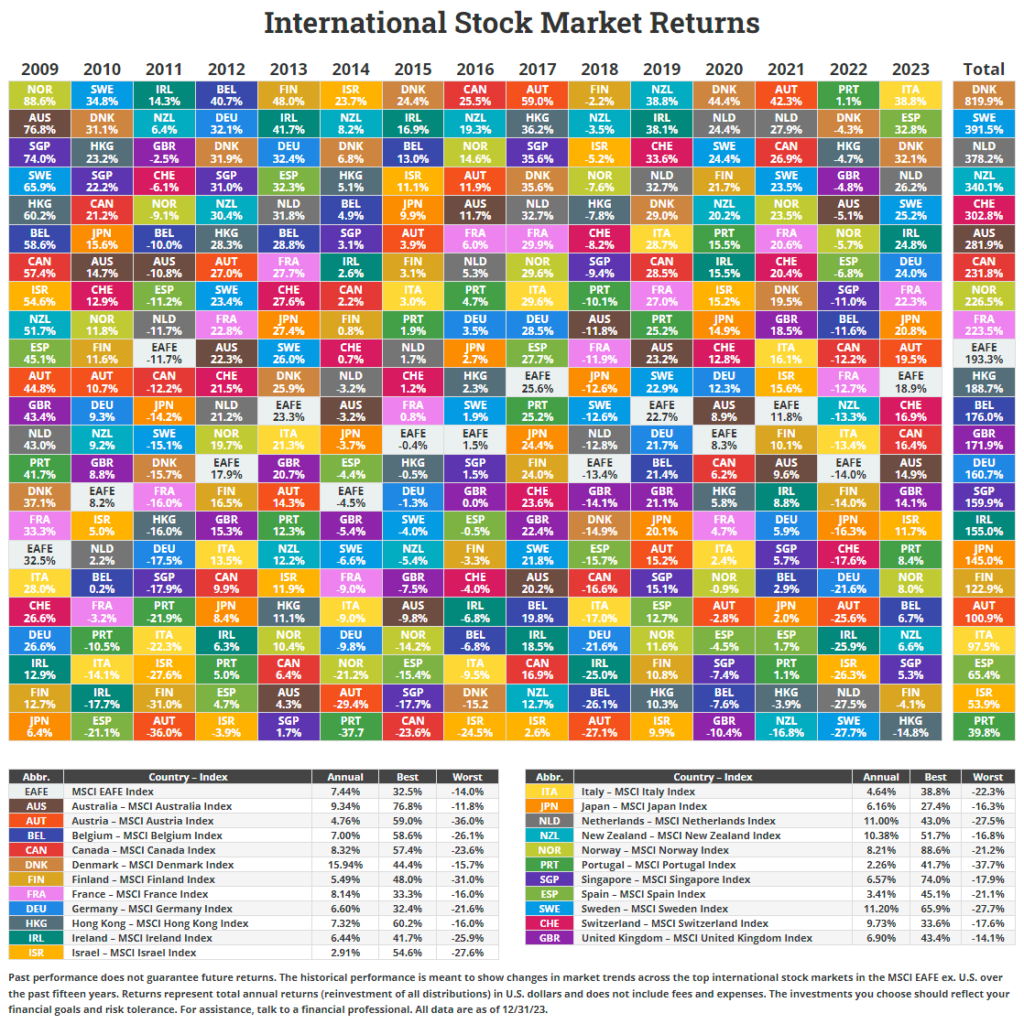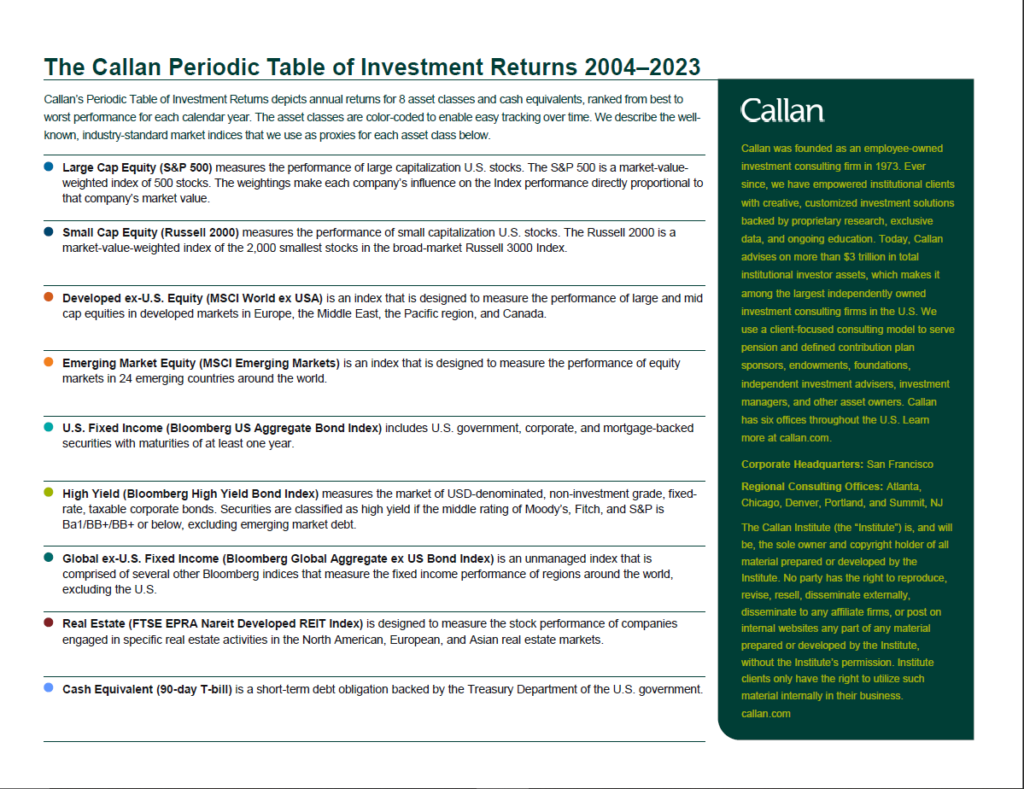A handful of Indian companies trade on the London Stock Exchange (LSE) as Global Depository Receipts. Investors interested in these GDRs can buy them on the LSE just like another stock. In this post, let’s discuss a few of the common questions that investors might have and address them.
1.How many Indian firms trade on the London Stock Exchange ?
The GDRs of about 10 firms trade on the LSE. The list can be found here.
2.How to buy these GDRs?
An investor in the UK or an investor resident in any country but with a UK brokerage account can buy these stocks just like other stocks trading on the LSE.
3.What is the currency of the Indian GDRs on the LSE?
Indian GDRs trade in US Dollars. For example, the State Bank of India trades under the ticker SBID and closed at $73.20 yesterday.
4.What about the volume? How liquid are these GDRs?
Volume for most of the GDRs is light. A few of them never seems to change hands. Yesterday the total volume for SBID was 11,016 according to LSE data.
5.In what platform do the Indian GDRs trade?
The Indian GDRs trade on the International Order Book of the LSE. According to their site:
WHAT IS THE INTERNATIONAL ORDER BOOK?
London Stock Exchange International Order Book (IOB) enables investors to unlock the potential of some of the world’s fastest growing markets through a single central electronic order book. It offers easy, cost-efficient and direct access to securities via global depositary receipts (GDRs) from over 30 countries, including markets in Central and Eastern Europe, Asia and the Middle East.
6.Where can an investor buy these GDRs?
These GDRs can be bought any broker that allows stocks trading on the LSE. For instance, most UK-based brokerage firms can be used to place orders.
7.Will the orders execute in USD?
Yes. Foreign exchange conversion from British Pounds to USD will be taken care of the broker as with buying any foreign currency security.
Disclosure: No positions




